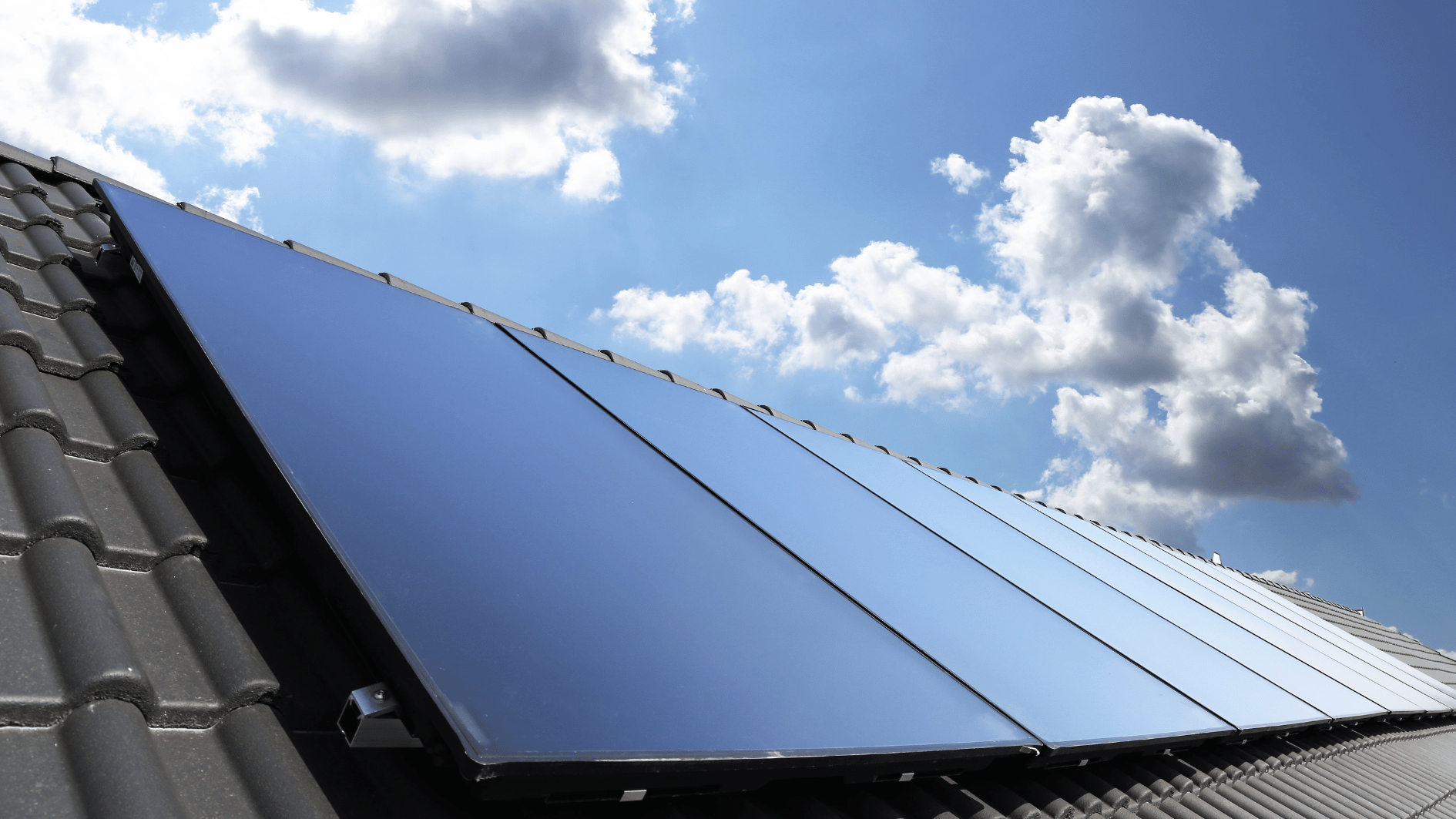Image source: Canva.com
Community solar initiatives involve solar farms supplying electricity to multiple properties. These projects enable community members to access solar benefits without individual panel installations. Participants enjoy discounted electricity from the shared solar farm, often at rates lower than their utility bills.
To begin saving, choose a community solar subscription plan that suits your needs. You’ll maintain your current electric utility service while receiving monthly bill credits based on the energy generated by your community solar project.

Debunking Common Myths About Community Solar
How Much Can You Save?
The savings potential of joining a community solar farm varies across programs and fluctuates monthly. On average, participants typically enjoy a 5-20% discount on traditional electricity costs throughout the year.
Discover the benefits of community solar!
Local energy support
Contribution to sustainability
Electric bills reduction
Simple access to solar
No property ownership needed
Energy autonomy for homeowners
Community solar is a simple and powerful way to enjoy the benefits of solar energy without installing panels on your property. Just like traditional solar, it helps reduce carbon emissions and cut energy costs. But beyond that, it plays a bigger role by driving local clean energy projects, creating jobs, and supporting the growth of renewable power right where you live.
By joining a community solar program, you’re not just saving on your electric bills – you’re making a real impact. Participants typically see savings of 5-10% on their annual electricity costs. And the best part? You don’t need to own a home or worry about equipment installation. With many community solar farms offering no subscription fees and flexible opt-out options, getting started is easy and hassle-free.
What Exactly Is Community Solar?
Community solar, often termed as solar farms or shared solar, represents a collective approach to accessing solar energy.
Instead of installing panels on individual rooftops, community solar projects rely on centralized solar arrays that generate electricity for the grid. What makes them different from large utility-scale projects is their local focus. These projects are often owned by private developers or even the participants themselves, giving communities a unique chance to take part in and benefit directly from renewable energy.
Community solar may seem complex at first, but it’s actually simple once you understand the basics. When you subscribe to a community solar farm, the electricity it generates doesn’t flow directly into your home. Instead, it’s sent to the grid, and a system called virtual net metering (VNM) credits your electric bill for the energy produced. This means you can enjoy the benefits of solar power – like lower electricity bills and cleaner energy – without having to install panels on your property, making solar accessible to more people.

Receive credits on your electric bills via VNM

Benefit from solar energy without on-site installations

Share solar with multiple households

Protect your electricity bill from utility rate hikes
Understanding Virtual Net Metering
Virtual net metering (VNM) is a billing arrangement that allows electricity consumers to receive credits on their utility bills for the electricity generated by a renewable energy system located offsite, such as a community solar farm. This system enables individuals or businesses to benefit financially from renewable energy generation without having the renewable energy system installed on their own property. The credits received through virtual net metering effectively offset a portion of the consumer’s electricity costs, providing financial savings and incentivising the adoption of renewable energy.

What is Virtual Net Metering?
Why Should I Join Community Solar?
Save 5-20% on annual electricity costs
Electricity costs rising? Community solar offers relief. Purchase bill credits at a 5-20% discount from your provider. For example, with a 10% discount, you’ll pay 90 cents for every dollar in credits, translating to notable savings annually.
You can cancel anytime
Joining a community solar program is hassle-free. With most options, there’s no upfront cost – you pay only after receiving bill credits on your monthly utility bill. Plus, many programs offer flexibility with no long-term commitment. You can cancel anytime without penalty, typically with a notice period of 90 or 180 days to ensure a smooth process.
It contributes to the resilience of the utility grid
In regions where the utility grid lacks ample generators to meet peak demand, the risk of blackouts looms. To mitigate this, utilities and developers collaborate to strategically position community solar farms in these underserved areas. This approach not only alleviates strain on the grid but also reduces the necessity for expensive maintenance and repairs, yielding cost and time savings.





